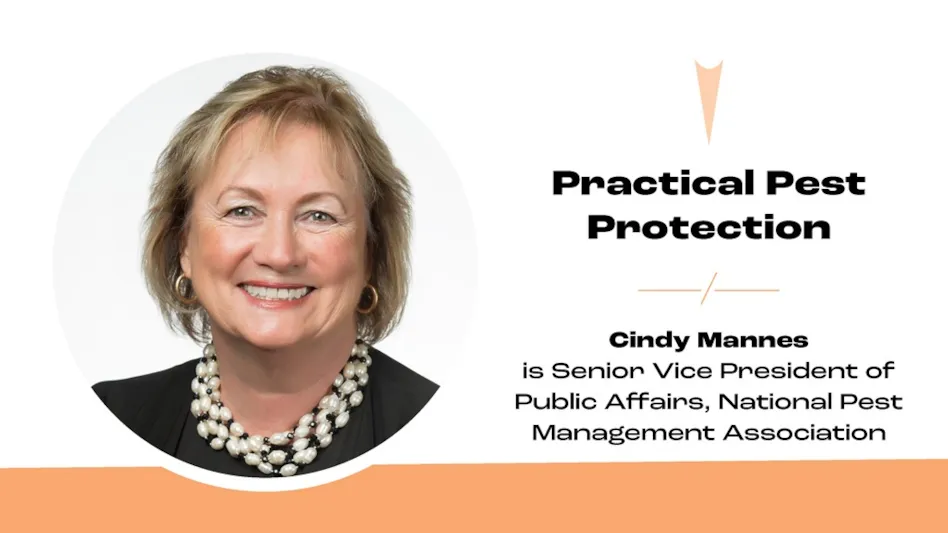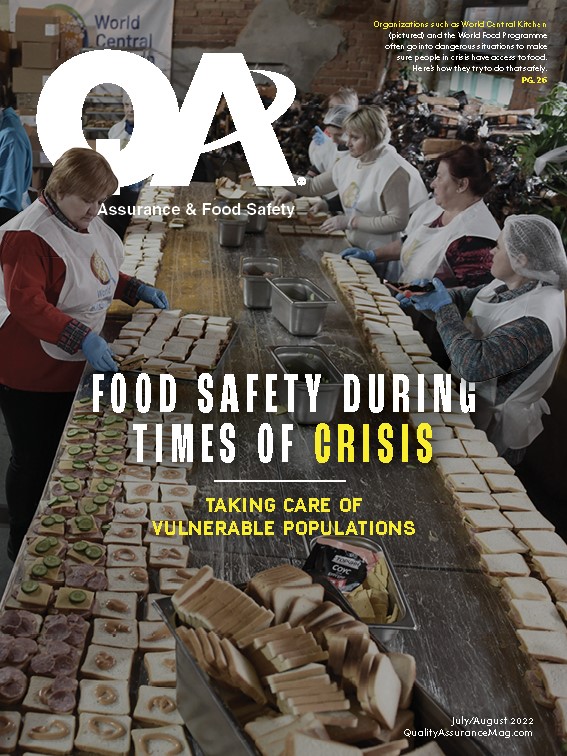

With autumn just around the corner, it’s never too early to begin preparing for fall pest prevention. During the late summer and early fall, many food processing facilities may experience an increase in pest infestations. Food processing facilities are the ideal place for rodents, cockroaches and pantry pests to thrive, making preventive pest control a top priority for facility managers.
Every year, cooler temperatures drive rodents and cockroaches indoors in search of warmth, food and shelter. These pests pose a serious threat to food processing facilities, as they can transmit disease and contaminate food products. Pantry pests, including beetles, ants, earwigs, weevils, pillbugs and Indian meal moths, are also prime pests to monitor for during fall. These pests, also known as stored product pests, are often found feeding on stored food items including grain products, dried fruits, nuts and candies.
Although fall isn’t here just yet, this is the perfect time of year for facility managers to proactively address their facility’s pest control needs. To ensure facilities stay safe from contamination and structural damage this fall, the National Pest Management Association (NPMA) recommends that facility managers take the following steps:
Conduct Routine Pest Inspections. The sooner a pest infestation is detected, the easier it is to handle. Facility employees should constantly monitor for common signs of a potential infestation. These signs may include live or dead pests, droppings, nests or structural damage.
With cooler weather on the way, certain areas of commercial facilities are more appealing to pests than others. Closely monitor delivery reception areas, including delivery rooms or loading docks, as these locations are often open to the outdoors. Employees should also thoroughly inspect incoming packages for pests before bringing them indoors.
Any delivery vehicles parked outside commercial facilities may be harboring rodent infestations. Regularly check under hoods of vehicles for signs of an infestation, including gnawed wiring or nesting materials.
Enforce Proper Sanitation Measures. Leaving food or waste unsecured is a surefire way to attract hungry pests. Eliminate potential food sources by properly disposing of garbage into tightly sealed receptacles, cleaning high traffic areas and storing any food products in airtight containers.
Sinks and refrigerators in employee break rooms can serve as key sources of food or moisture for pests. Ensure communal eating areas are kept tidy and free of spills or crumbs.
Eliminate Potential Sources of Shelter. Many pests, including cockroaches and rodents, tend to hide just out of sight. In commercial facilities, these hiding spots may include stairwells, shelves, lockers, worktables and machinery.
Product storage areas are the ideal place for pests seeking shelter. Encourage staff to keep storage spaces clean and organized. Ensure your business is well-ventilated and tidy to reduce excessive moisture and potential hiding spots. Outdoors, keep lawns and vegetation well-trimmed to discourage rodents and other pests from living just outside.
Seal Points of Entry. Reducing possible entryways into facilities. Mice can fit through holes the size of a dime, and insects need even less space. Eliminate any potential access points by sealing areas where utility lines enter the building, sealing any cracks or holes in exterior walls, properly screening vents and windows, repairing broken doors or windows and installing door sweeps on exterior entrances.
Team Up with a Licensed Pest Control Professional. Working with a licensed pest control professional is vital for any commercial facility. NPMA recommends that businesses collaborate with a pest control company to develop an integrated pest management plan (IPM). IPMs are comprehensive pest control programs that ensure pests are properly controlled and deterred in a commercial business setting.
Although each of these steps will help preserve the safety of a food processing facility this pest season, it’s vital to collaborate with a licensed pest control partner. Maintaining a routine inspection and treatment schedule ensures facilities are hygienic, compliant and safe.

Explore the July August 2022 Issue
Check out more from this issue and find your next story to read.
Latest from Quality Assurance & Food Safety
- Scentian Bio Wins Top Prize at IFT FIRST Startup Pitch Competition
- Evigence Debuts FreshSense to Change How Food Industry Measures Freshness
- Acme Releases Automated Scraper Strainer
- Mitzi Baum to Step Down as CEO of Stop Foodborne Illness
- USDA ARS Scientists Develop Pectin That Gels with Low-Sugar Products
- GS1 US Celebrates 50-Year Barcode 'Scanniversary' and Heralds Next-Generation Barcode to Support Modern Commerce
- New Florida Extension Agent Will Teach Stakeholders About Food Safety
- Athletic Brewing Company Announces $50 Million Equity Financing Round Led by General Atlantic





